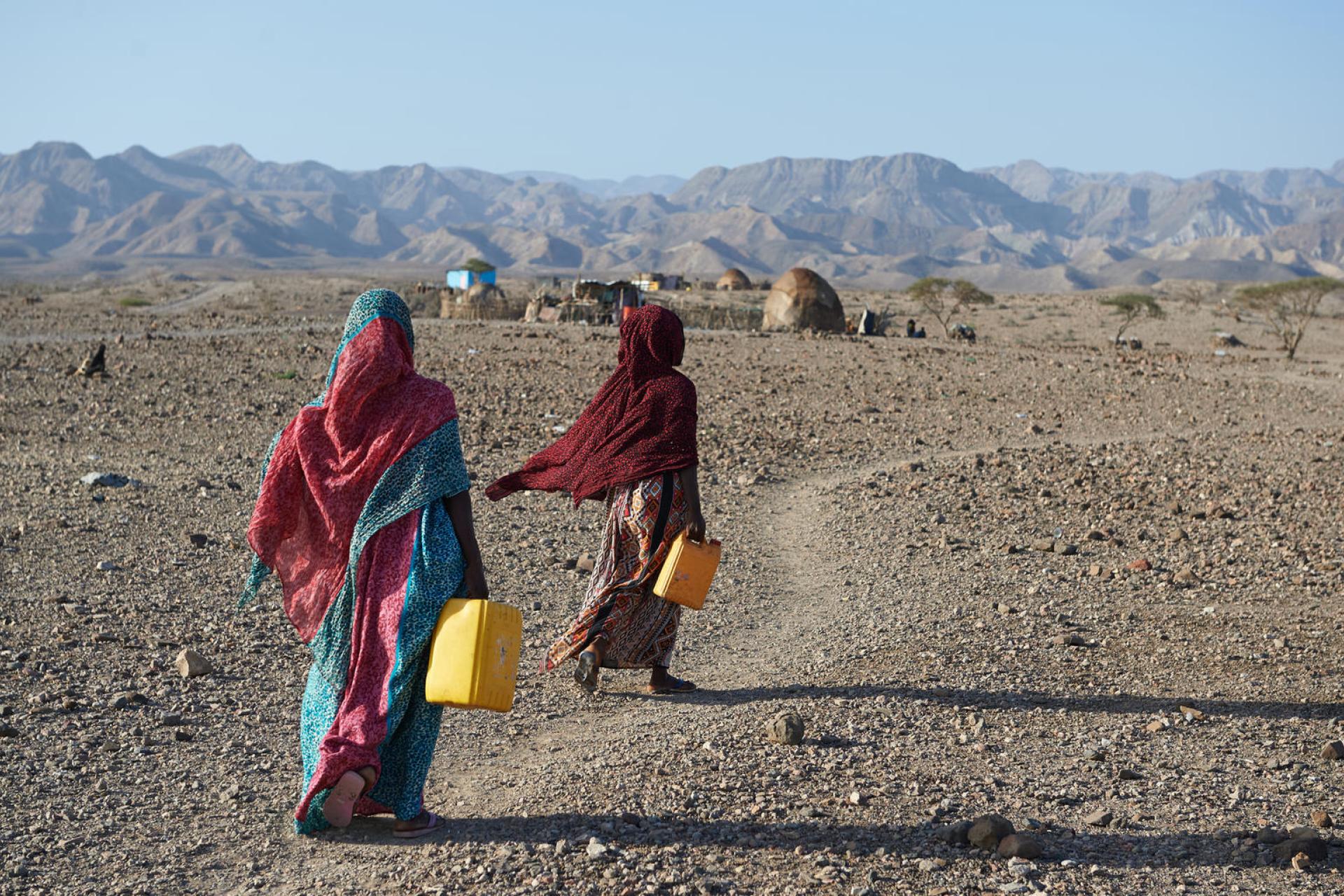Globally, women and girls are likely to be responsible for fetching water for households, while girls are more likely to be responsible for such work in comparison to boys, demonstrated by the recently released report by the United Nations Children’s Fund (UNICEF) and the World Health Organization (WHO).
The recently published report on Water, Sanitation and Hygiene (WASH) programme reveals critical gender inequalities that have persisted. While significant progress has been made in promoting access to clean water, sanitation and hygiene practices, gender disparities continue to hinder the achievement of gender equality.
In addition, it emphasizes the urgent need for comprehensive activity. As the global community strives to achieve the United Nations’ Sustainable Development Goals (SDGs), it becomes increasingly evident that addressing gender disparities in WASH is crucial for sustainable development and social justice.
Cecilia Sharp, UNICEF Director of WASH and CEED said: “Unsafe water, toilets and handwashing at home robs girls of their potential, compromises their well–being, and perpetuates cycles of poverty. Responding to girls’ needs in the design and implementation of WASH programmes is critical to reaching universal access to water and sanitation and achieving gender equality and empowerment.”
Inequalities in access to clean water, sanitation, and hygiene facilities are leaving vulnerable populations behind – new UNICEF – @WHO report.
We are working with partners to ensure children have access to these essential and life-saving services.https://t.co/odFsSBiWU7
— UNICEF (@UNICEF) July 6, 2023
The Unequal Burden of Fetching Water
It highlights that women and girls continue to bear a disproportionate burden of water collection. Cultural norms and societal expectations often assign the responsibility of fetching water to women and girls, limiting their educational and economic opportunities. With every step they take to complete such responsibilities, they lose out on their educational and physical development.
This inequality perpetuates gender stereotypes and restricts the empowerment of individuals and their agency. Efforts must focus on reducing water collection time and physical effort through infrastructure improvements and innovations.
Inadequate Sanitation Facilities
Access to safe and private sanitation facilities remains a significant challenge for women and girls. The report sheds light on the lack of gender-segregated toilets and shared toilets in many communities vis-à-vis forcing women to compromise their privacy, dignity, and safety.
Insufficient access to proper sanitation facilities further exacerbates health risks and perpetuates gender-based violence. This often restricts their mobility, forcing them to spend countless hours fetching water or using unhygienic facilities, compromising their health and safety.
For instance, surveys from 22 countries demonstrate that among households with shared toilets, women and girls are more likely than men and boys to feel unsafe walking alone at times and are subject to sexual harassment, among other safety risks.
It is crucial to prioritize the construction and maintenance of gender-responsive sanitation facilities to ensure women’s and girls’ well-being and rights.
This, in turn, leads to gender inequality in decision-making processes related to WASH, which exacerbates the problem. Women are often excluded from key discussions and decision-making forums, sidelining their perspectives and limiting their influence in shaping WASH policies and interventions.
Unveiling concerns about Menstrual Hygiene
Menstruation, a natural process, becomes an additional burden for women and girls when they lack adequate facilities, education, awareness, and access to supplies. Insufficient access to menstrual hygiene management contributes to school dropout rates and perpetuates gender inequality.
While the report postulates some achievements in achieving universal access to water and sanitation, it highlights an increase in household access to safely managed drinking water, from 69 percent to 73 percent.
But achieving the Sustainable Development Goal for 2030—universal access to safely managed drinking water, sanitation, and basic hygiene services—requires efforts to ensure that progress is made toward gender equality. This is to reach a long-term, sustainable solution.

